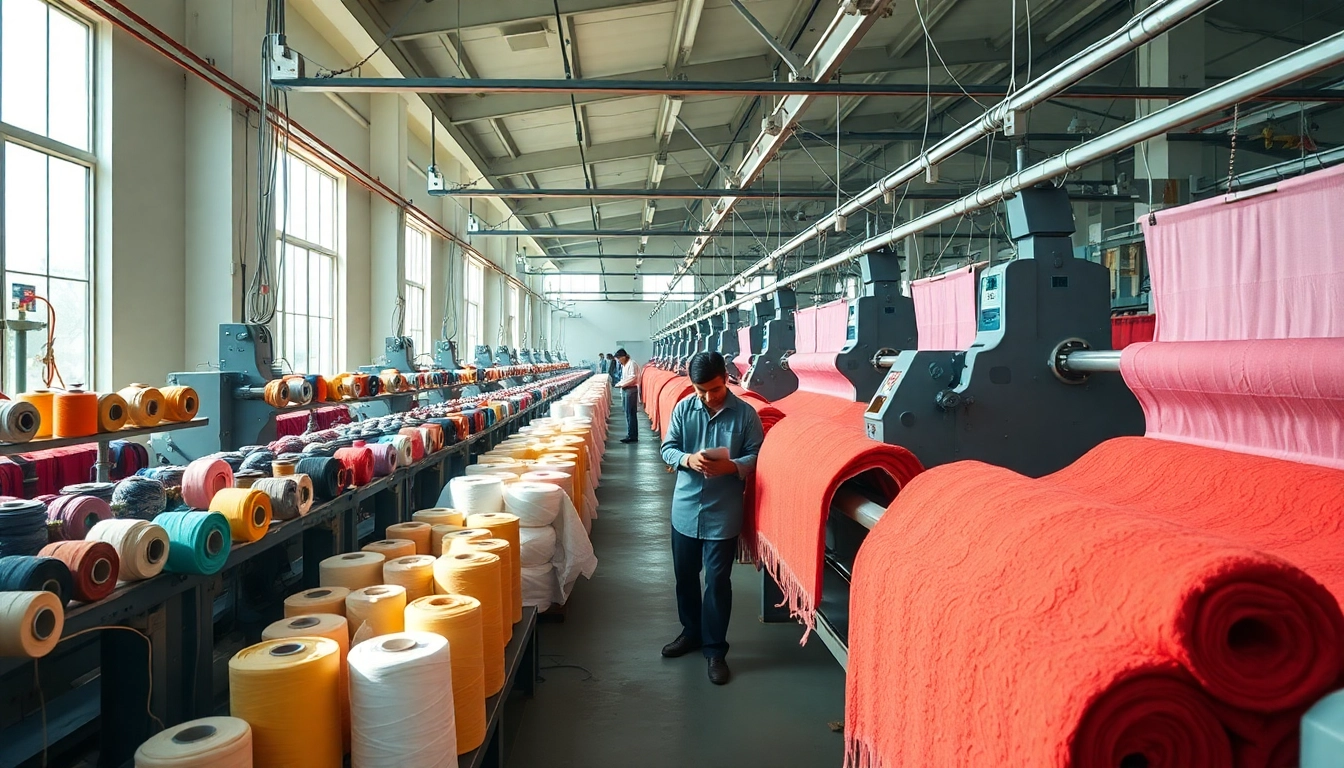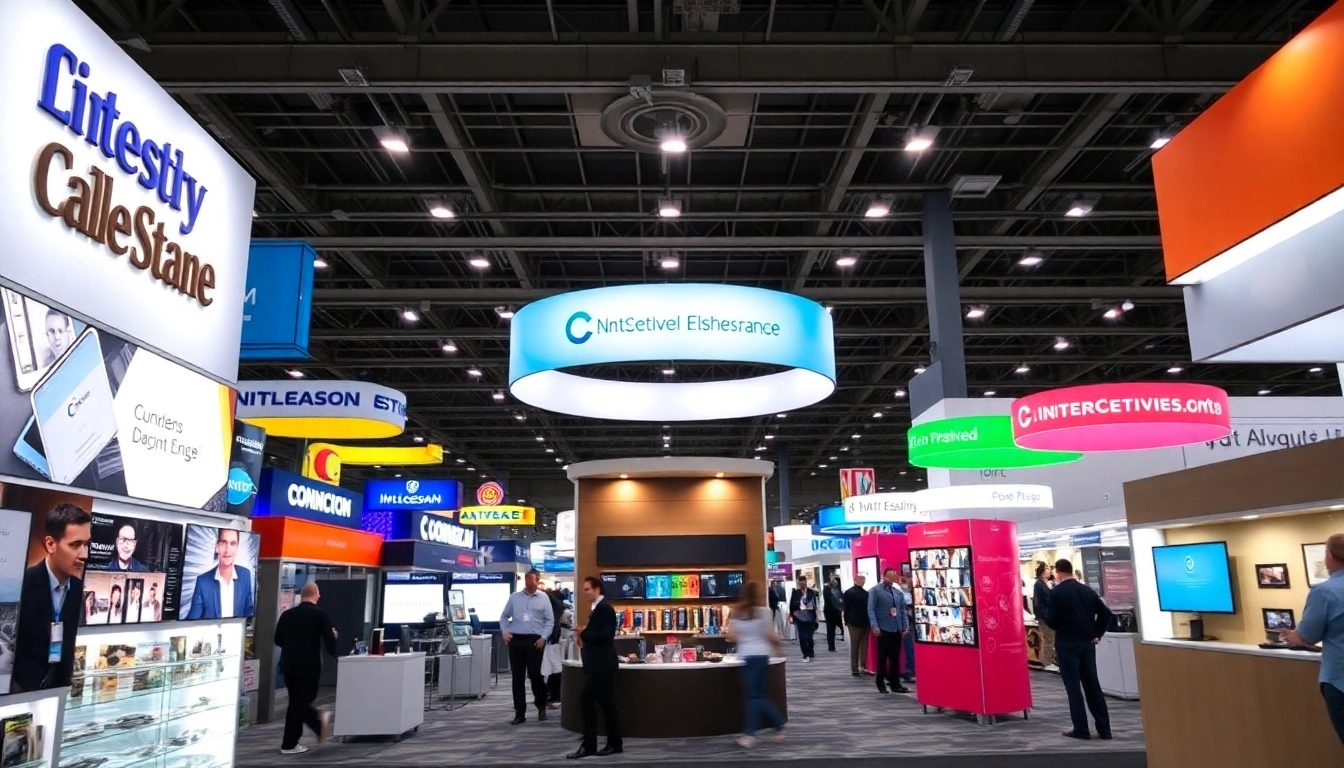The Ultimate Guide to Custom Signs: Elevating Your Business Presence
In today’s highly competitive marketplace, effective signage extends far beyond simple identification; it is a powerful branding and marketing tool that can significantly influence customer perceptions and purchasing decisions. Custom signs are an essential component of this strategy, enabling businesses of all sizes to communicate their unique message, showcase professionalism, and attract new clientele. Whether you’re aiming to enhance curb appeal, promote a special event, or improve internal navigation, choosing the right custom signs tailored to your specific needs is vital for success. For businesses seeking high-quality, impactful signage, exploring options like custom signs allows for tailored solutions that reinforce brand identity and drive growth.
Understanding the Power of Custom Signs in Business Branding
Why Custom Signs Are Essential for Your Business Identity
Custom signs serve as the visual gateway to your brand, encapsulating your company’s identity and values through strategic design and material choices. An eye-catching outdoor sign establishes immediate recognition, helps differentiate your business from competitors, and builds trust with potential customers. These signs communicate professionalism, quality, and commitment, often becoming a defining element of your overall branding. For example, a restaurant with a distinctive neon sign or a retail store with vibrant window graphics captures attention and invites foot traffic—assets that generic signage simply cannot replicate.
Key Benefits of Investing in Quality Custom Signs
- Enhanced Brand Visibility: Custom signs improve local recognition and recall, crucial for attracting nearby customers.
- Increased Foot Traffic and Sales: Well-designed signage draws attention and compels passersby to enter your establishment.
- Cost-Effective Marketing: Signs work 24/7, providing continuous advertising without recurring costs.
- Professional Image & Credibility: High-quality signs convey stability and trustworthiness, impacting customer perception positively.
- Flexibility & Customization: You can tailor signs to fit your branding, marketing campaigns, and location-specific needs, from color schemes to messaging styles.
Common Challenges and How to Overcome Them
Many businesses encounter hurdles such as budget constraints, design indecision, or regulatory compliance issues. To mitigate these, it’s essential to plan thoroughly—set clear objectives, consult with signage professionals, and prioritize durable, high-impact materials. Working with experienced providers ensures design standards meet local codes and ADA accessibility requirements, preventing costly modifications later. Additionally, investing in scalable signage solutions allows gradation in costs and adaptability as your business evolves.
Designing Effective Custom Signs for Different Business Needs
Choosing the Right Material for Your Custom Signs
Material selection profoundly influences signage durability, appearance, and overall impact. Common options include acrylic, aluminum, wood, vinyl, and plastic, each offering unique benefits aligned with specific environments and budgets. For instance:
- Acrylic: Offers sleek, modern aesthetics suitable for indoor displays; easy to customize with vibrant printing.
- Aluminum: Highly durable and weather-resistant, ideal for outdoor signage such as monument or storefront signs.
- Wood: Provides a rustic or classic look, often used in ads for cafes, boutique stores, or heritage brands.
- Vinyl: Cost-effective for decals, window graphics, or temporary signage.
Creative Design Tips to Make Your Sign Pop
Effective signage design requires balancing aesthetics with readability. Use bold, contrasting colors for visibility; incorporate clean, legible fonts; and include compelling graphics that reinforce your message. Consider the surrounding environment: a sign for a retail store near a busy street benefits from larger fonts and simplified messaging, whereas indoor signs can afford more detailed graphics. Strategic placement and lighting further amplify visibility and impact.
Fonts, Colors, and Graphics: Best Practices
Optimal signage employs typography that aligns with your brand personality—professional, playful, luxurious—and ensures text readability from various distances. Colors should evoke emotion and contrast well with backgrounds, while graphics should complement your message without cluttering the design. For example, a technology company might favor sleek sans-serif fonts with a monochrome palette, while a children’s boutique may lean toward playful fonts with bright, vibrant colors.
Types of Custom Signs and Their Specific Applications
Building Signs and Storefront Displays
These signs are often the first touchpoints for customers, setting expectations and brand tone. Types include channel letter signs, cabinet signs, and dimensional logos crafted from materials like metal, acrylic, or foam. Positioning strategically on your building facade ensures maximum visibility. For retail stores, engaging digital signage integrated into the storefront can dynamically display promotions or branding elements.
Lighting Options: Illuminated & LED Signs
Lighting significantly enhances signage visibility during evening hours and in low-light conditions. Neon signs have a retro appeal, but LED technology has gained popularity due to energy efficiency, longevity, and versatility. Options include:
- Channel Letters with Backlit Illumination: Creates a 3D effect, suitable for upscale businesses.
- LED Message Boards: Allow dynamic content updates—ideal for promotions or safety notices.
- Full Digital Displays: Incorporate video or interactive content to engage viewers.
Indoor Signs, Banners, and Promotional Displays
Interior signage enhances customer experience and reinforces your brand. Vinyl decals and frosted films can provide stylish branding on windows, while wall graphics and POP displays attract attention to specific products or services. Banners inside your premises can be used for seasonal sales or event promotion, providing flexible marketing opportunities.
Implementing and Maintaining Your Custom Signs
Installation Tips for Durability and Visibility
Proper installation is critical for sign performance and longevity. Use high-quality mounting hardware suited to the sign material and location, ensuring stability against weather and vandalism. Elevated placement maximizes visibility but requires consideration of local regulations and safety. For digital signs, professional mounting and electrical wiring guarantee operational stability and compliance.
Legal Compliance and ADA Accessibility
Matching signage with legal standards is essential to avoid penalties and ensure inclusive accessibility. ADA-compliant signs employ specific font sizes, contrast ratios, and tactile elements to aid visually impaired individuals. Emergency egress signs must meet strict standards for visibility and placement. Working with experienced providers ensures your signage passes inspection and promotes safety.
Maintenance and Longevity for Maximum Impact
Regular cleaning and inspections extend your sign’s lifespan. For illuminated signs, routine bulb or LED module replacement keeps visibility sharp. Protective coatings and weatherproof materials prevent corrosion and fading. Documenting maintenance schedules helps ensure your signage remains attractive and functional, maintaining ROI over time.
Innovative Trends and Future of Custom Signs
Digital and Electronic Signage Innovations
Digital signage continues to evolve rapidly. Advancements include programmable LED displays with vibrant colors, 3D holographic signs, and interactive touchscreens. These innovations facilitate real-time content updates, targeted advertising, and engaging customer experiences—making your signage an active element of your marketing ecosystem.
Sustainable Materials and Eco-Friendly Options
With increasing emphasis on environmental responsibility, eco-friendly signage options are gaining popularity. Recycled materials, biodegradable substrates, and energy-efficient LED lighting reduce your carbon footprint while providing durability. For instance, bamboo-based signs or reclaimed wood panels offer natural aesthetics aligned with eco-conscious branding.
Integrating Custom Signs with Your Overall Marketing Strategy
Leading businesses use signage as part of a holistic marketing approach. Incorporating QR codes, social media handles, or web URLs on signs bridges offline and online engagement. Strategic placement at points of interaction maximizes lead capture and customer data collection, reinforcing brand messaging and fostering loyalty.













